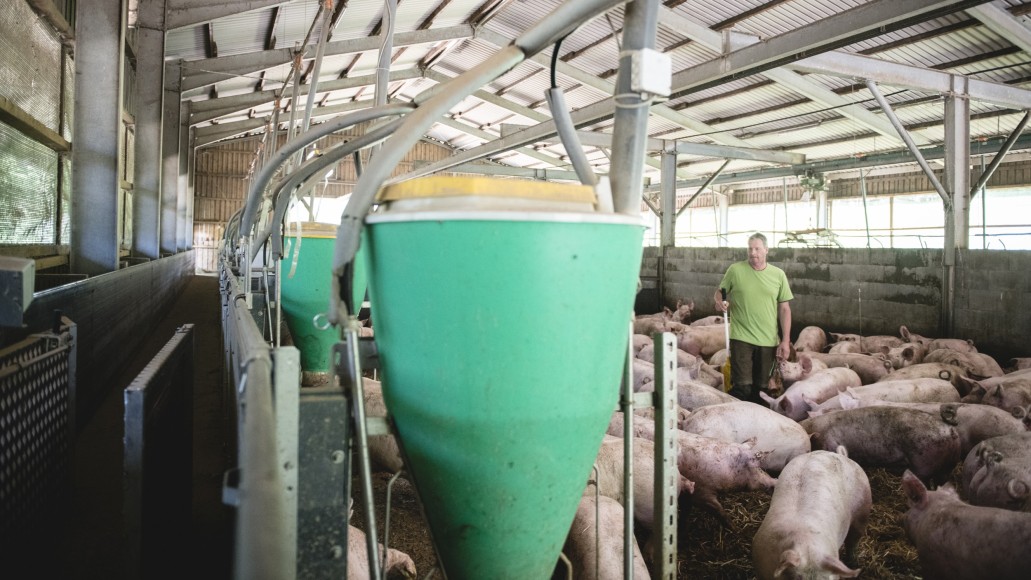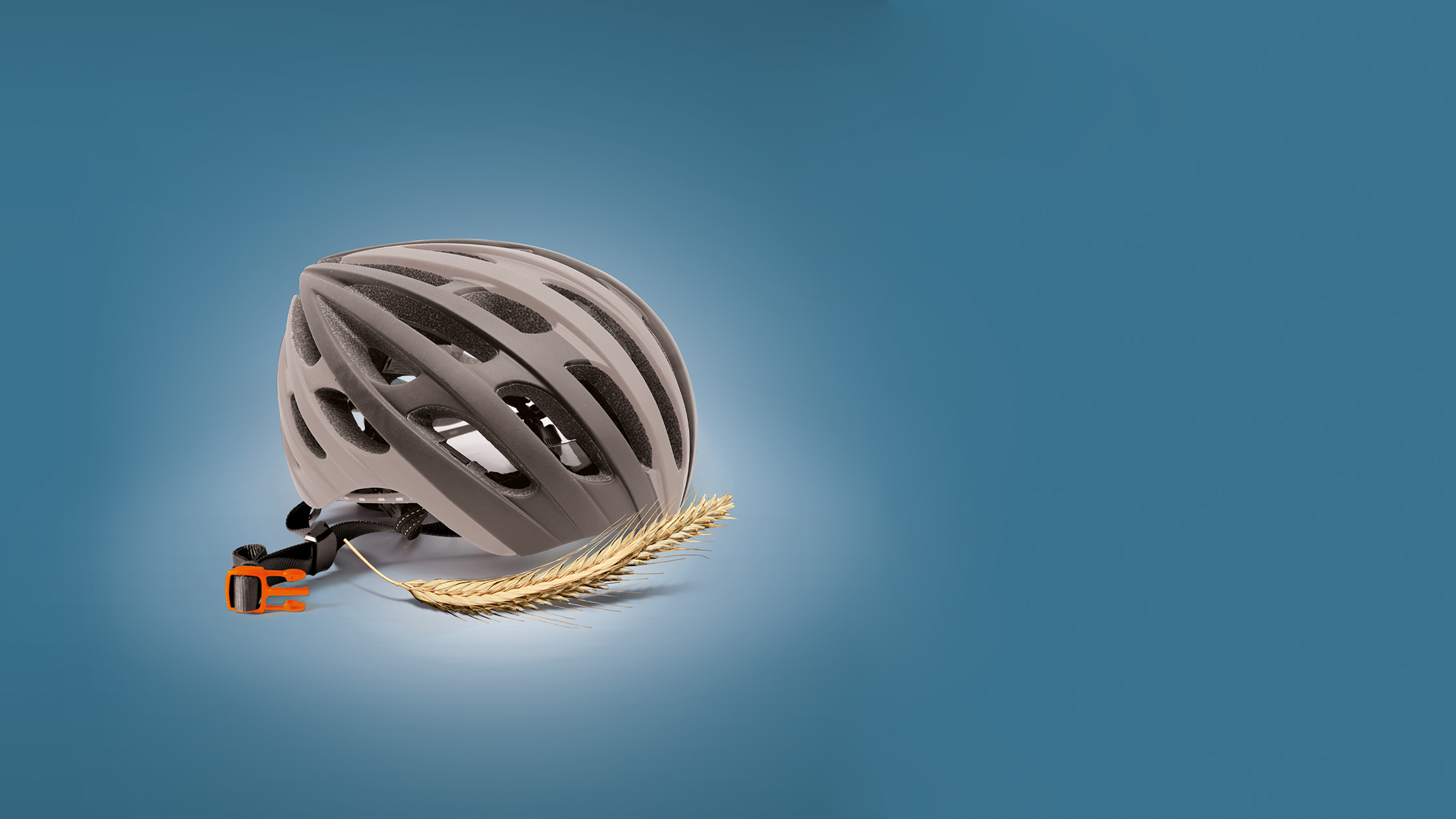Hybrid Rye – for Laying Hen Diets
Key advantages for monogastric feed – laying hens:
- Rye can be fed as coarse meal, or in broken form; It is high in dietary fibre which promotes gizzard health
- Litter dry matter (DM%) is raised using broken rye; [versus intact rye kernels] compared to a wheat-based diet (control)
- Rye can boost laying intensity and egg weight; demonstrated in feeding trials using upto 20% rye compared to a wheat-based diet (control)
- Optimise feed costs; Rye is a low input high output cereal, requiring less nitrogen and pesticides, and offers a lower production cost
- High straw yields; Straw provision acts as a novel stimuli & increases animal welfare
- Fit for the future; Under the UK’s new agricultural bill rye delivers nitrogen and agrochemical savings without compromising yields
Source(s): University of Veterinary Medicine Hannover, Germany. 2020 & UWM Olsztyn Poultry Department Lab and Research Unit, Poland 2020
Hybrid rye is ideal for extending laying duration, shell quality and welfare, and can help the industry lower its carbon footprint
Rye also fits perfectly for units looking to extend laying duration up to, or beyond 80 weeks
By adding a recommended enzyme to the feed, the viscosity of diets containing 5, 10 and up to 25% rye can be optimised
More about feeding rye
Your consultants







